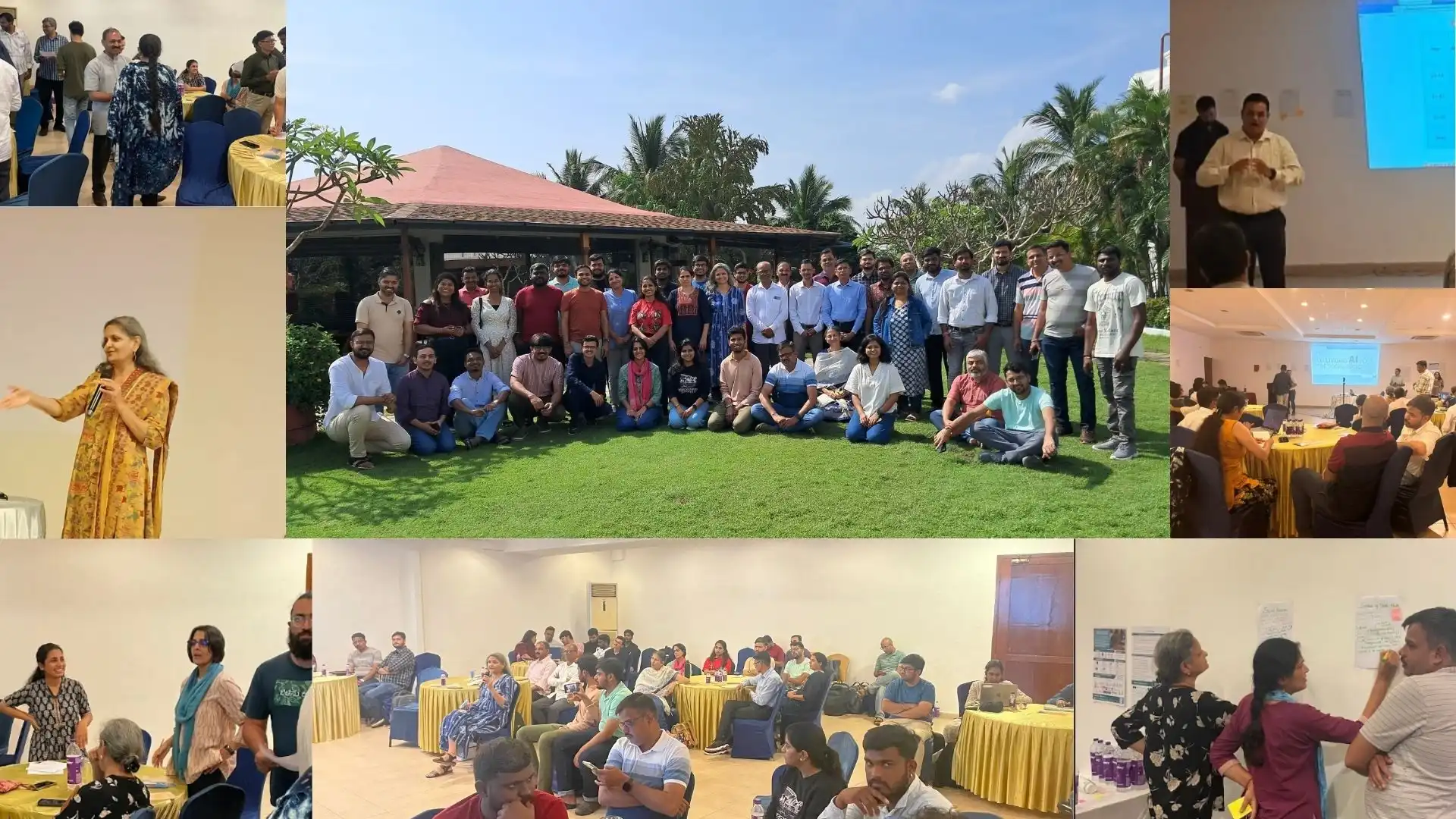Reflections on the Avni Conference
February 11, 2025 by Shivangi Desai
Insights and key takeaways from the Avni Conference, exploring how technology empowers NGOs
I’ve never been the kind of person drawn to conferences. The idea of spending an entire day listening to presentations, networking, and sitting through discussions has rarely excited me. However, attending Avni's conference changed my perspective.
It was a deep dive into how NGOs across India are using Avni in innovative ways to drive impact. More importantly, it was a space to learn, exchange ideas, and reflect on how technology can be leveraged better in the development sector.
Learning from the Field
One of the highlights of the event was hearing from organizations like Shelter Associates and IHMP. Shelter Associates’ session on Democratization of Data showed how they use Avni to collect and share primary data, not just to improve their internal programs but also to guide government policies. Seeing data being used as a public good, rather than locked away, was inspiring.
Similarly, IHMP’s session on Digitization in Health Services provided a research-backed perspective on how mHealth interventions, powered by Avni, have been instrumental in transforming health outcomes. The fact that Asha workers—who are often perceived as less tech-savvy—were using Avni so comfortably reinforced the importance of designing intuitive digital solutions.
The Technology-Funding Dilemma
Another session that stood out was the discussion on Fundraising for Technology. One of the biggest challenges for NGOs is securing funding for tech solutions. Many grants focus on tangible, direct-impact initiatives while tech is often seen as an overhead. This session shed light on how organizations have successfully navigated this challenge, making a strong case for technology and data as an enabler of scale and efficiency rather than an overhead.
More than Just Talks: A Space for Collaboration
Beyond the sessions, what made this conference worthwhile was meeting the Samanvay team and fellow NGOs using Avni. It was a reminder that, as a sector, we often operate in silos, figuring things out on our own. Conferences like these create opportunities to share lessons, learn from each other’s mistakes, and co-create solutions.What made the conference even more engaging was how it started. Avni took feedback as the first thing in the ice-breaking session, which encouraged participants to mingle, read about each other’s challenges, and share their experiences with the platform. Starting a conference with direct user feedback was a bold move, but it set the tone for open discussions and active participation throughout the event.
Final Thoughts
Stepping into this conference, I wasn’t sure what to expect. Walking out, I realized how important such gatherings are — not just for learning, but for expanding our thinking. The conference was designed in a way that gave enough room for organizations to talk to each other, exchange ideas, and even form potential collaborations. It served as a reminder that the same technology can be used in many different ways, and there is always room to improve.
.webp)
